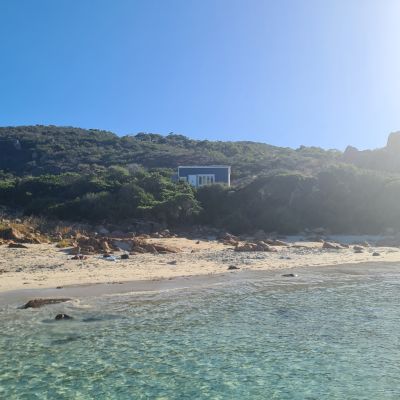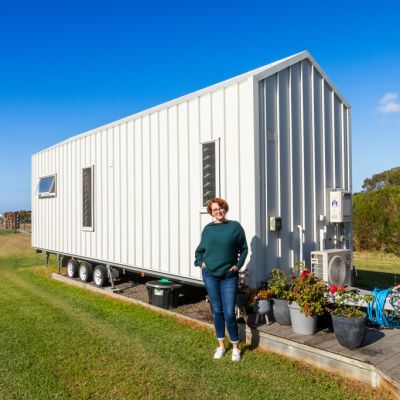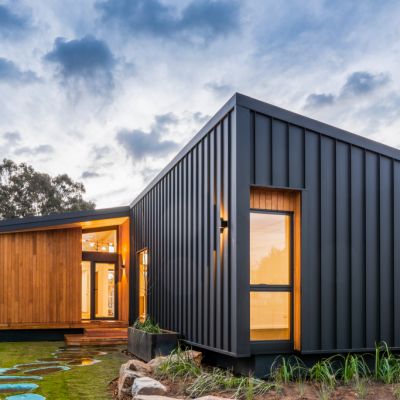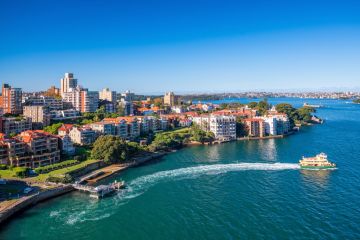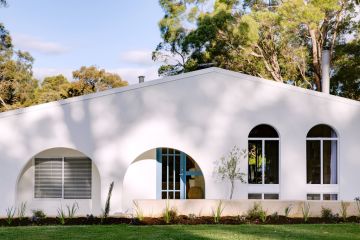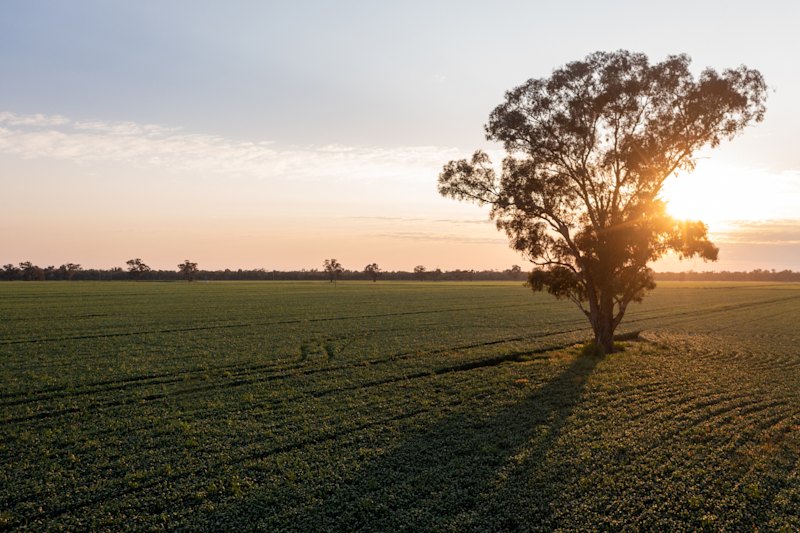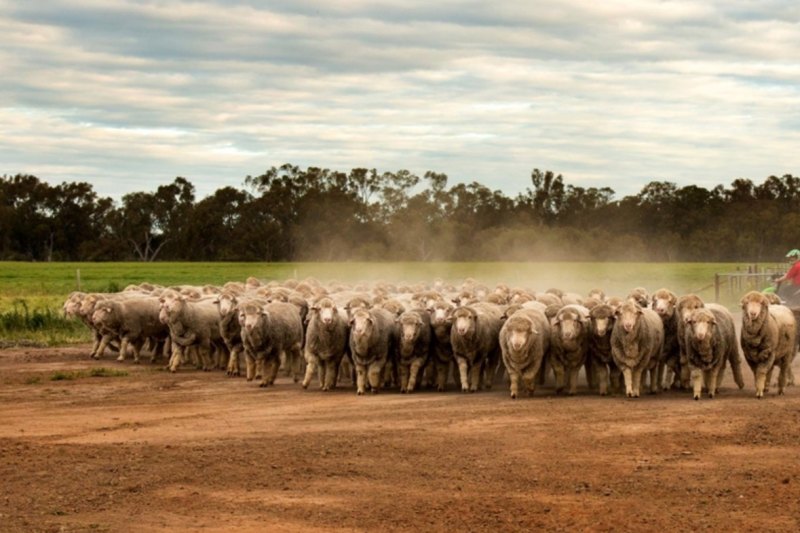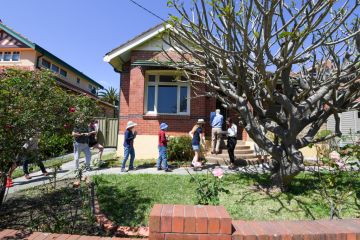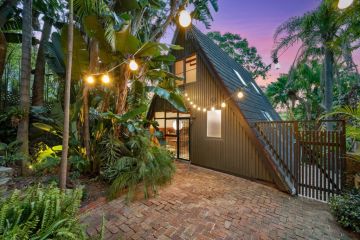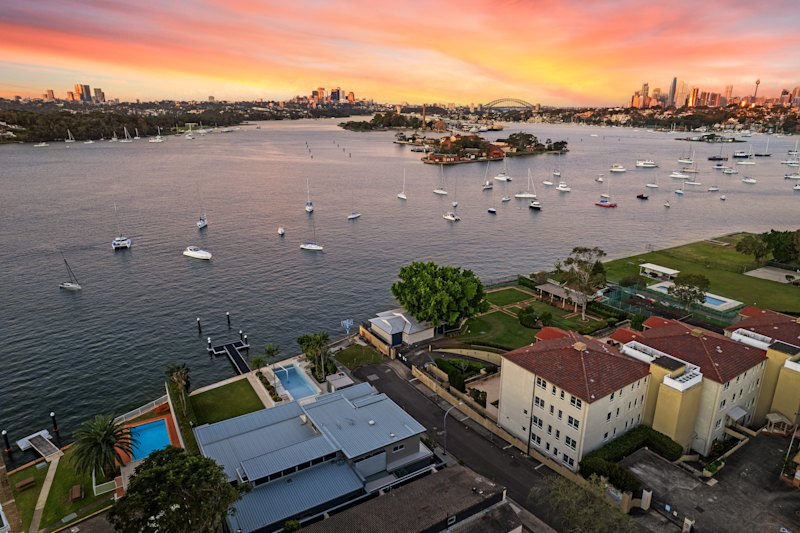Itty-bitty budget? Try these affordable tiny homes on for size
Fancy the thought of making life more affordable by calling a tiny house home, but have neither the skill nor the will to have a crack at building one?
A Sydney prefab housing company, inspired by the housing crisis, is offering a new range of tiny homes built off-site in China, with the cheapest on wheels – the Coastal Cruiser – from $69,000.
Brock Ryan, founder of Future Modular Homes, says many new tiny homes retail for around $150,000.
“They’re minimum $100,000 upwards, and that’s for something very small. So, we are trying to just get people in homes that are more affordable,” he says.
The Coastal Cruiser has a footprint of 2.35 metres by 7.4 metres, or about 27.58 square metres of space inside, delivered in two to three months to your patch of land.
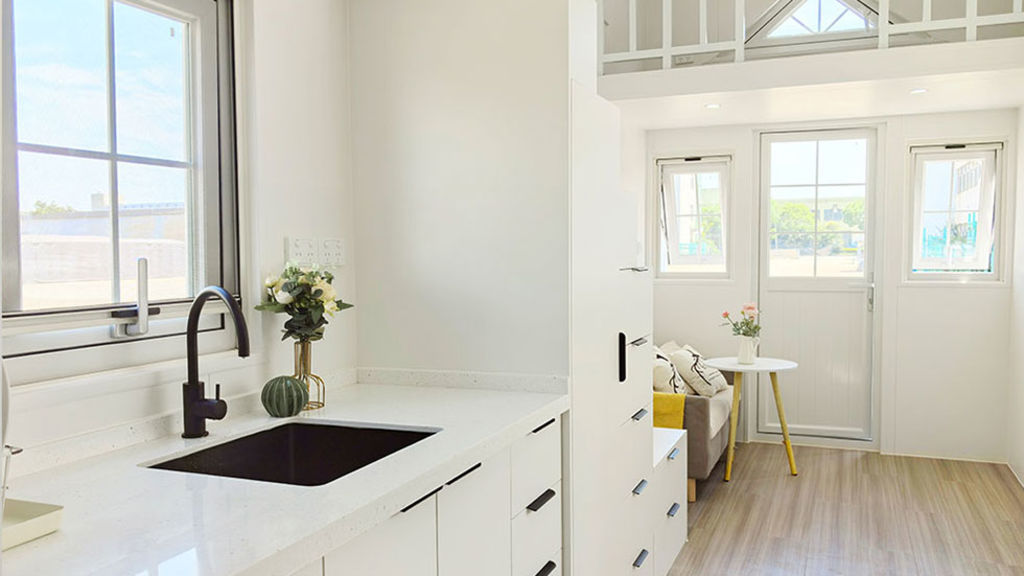
You can forget a cinema room, butler’s pantry or bath, but a cute living area, kitchen, bathroom and three bedrooms are promised in this tiny house on wheels.
Even cheaper – and smaller – is the company’s Mini A Series, a 13.1-square-metre house starting at $38,000.
Ryan, a plumber and builder by trade, started his company last December.
He says he was motivated by the housing crisis.
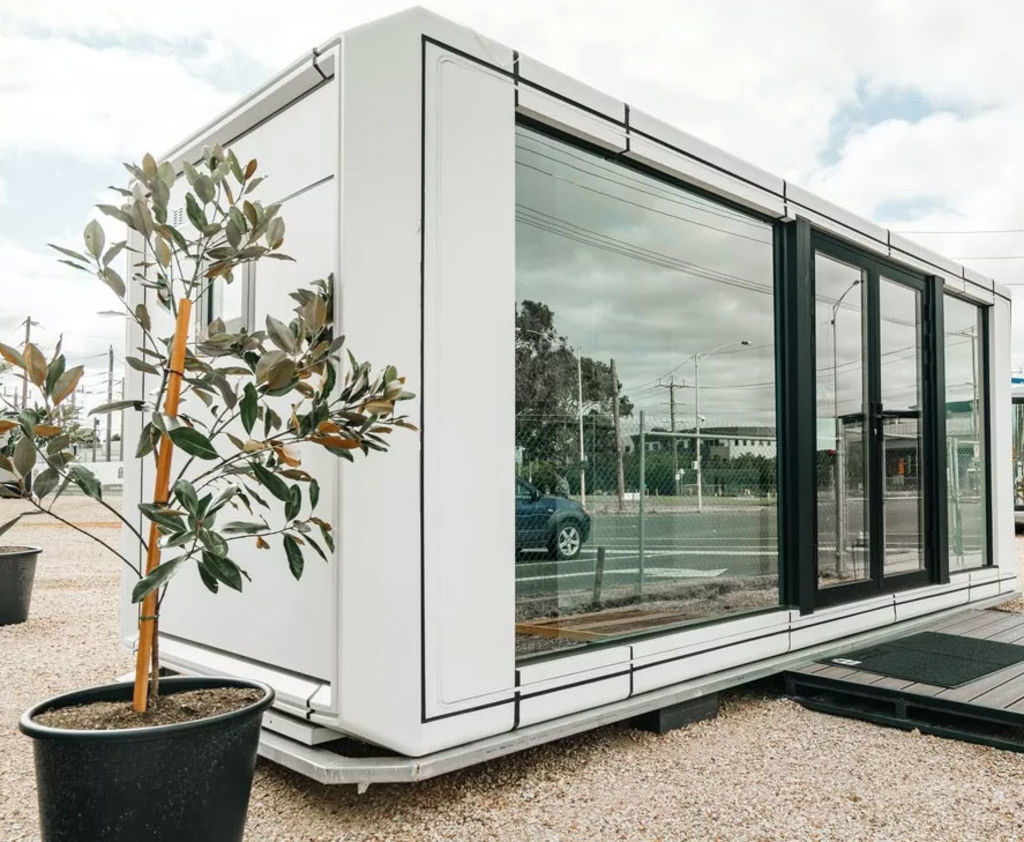
“I know a lot of people – I’ve had a couple of friends as well – who haven’t been able to get houses, and they’ve just been living in their cars,” he says.
He has spent the past year in China, sourcing suppliers and overseeing manufacturing.
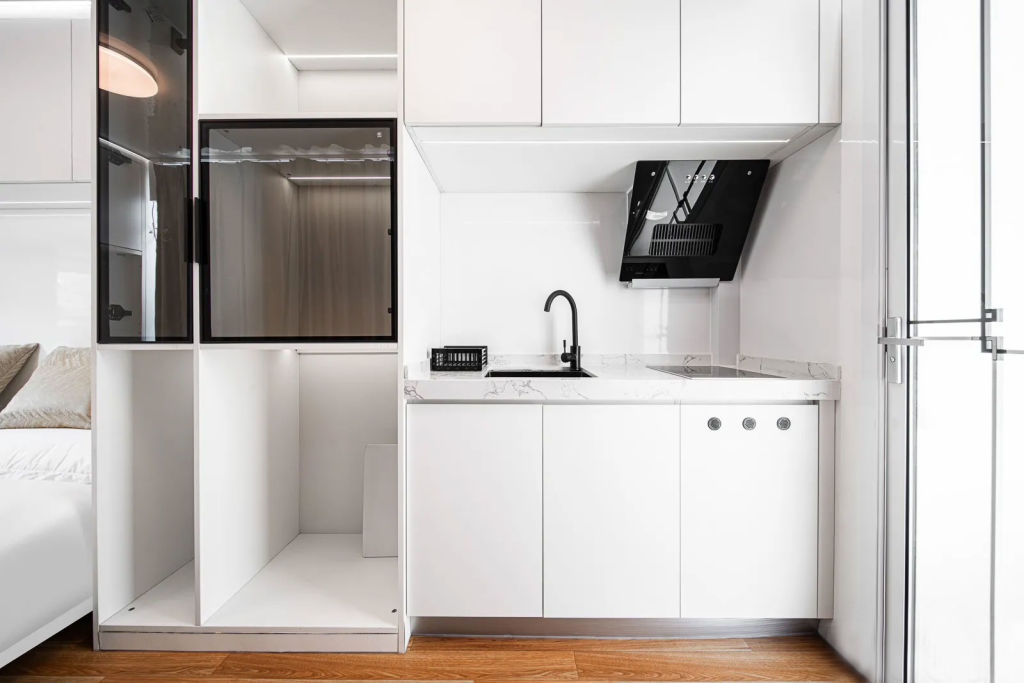
Plenty of other companies are also selling tiny homes at budget-friendly prices, including Tiny Homes 4U, on NSW’s Central Coast.
It offers The One Bedder, a 24-square-metre tiny home suited to one full-time resident, starting from $41,000.
But its most popular product is the Granny Flat Panorama, which is bigger at 36 square metres, but can still fit on a trailer (starting price, without the trailer: $44,000).
Like many tiny home businesses, Tiny Homes 4U’s products are manufactured and mostly assembled in China.
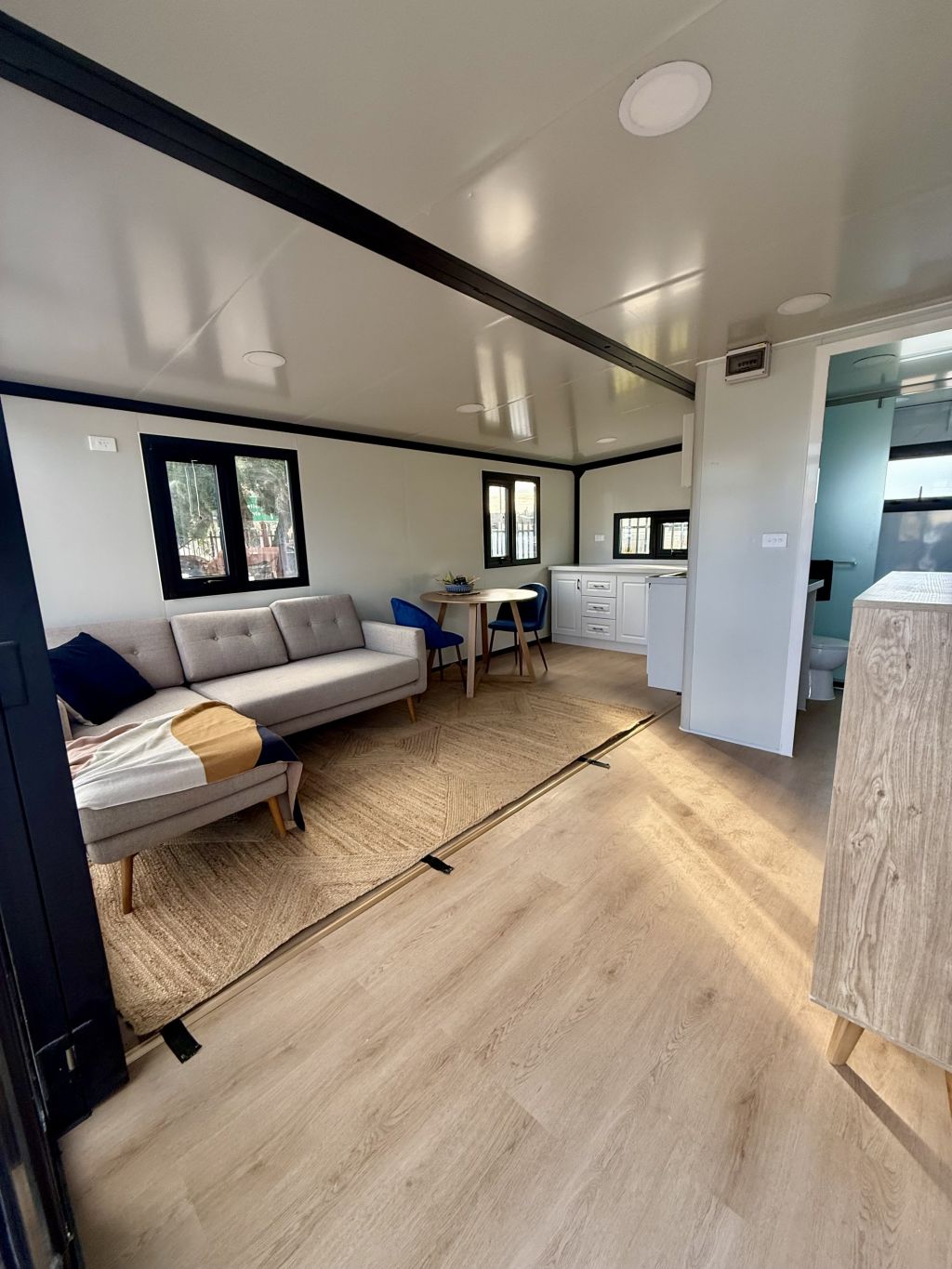
Co-founder Marc Anderson, an electrician, says their offerings appeal to a wide range of buyers – from parents who want extra space for their children, to people wanting to house their parents or grandparents.
“A lot of people who are building [bigger] houses will also use these before they build,” he says.
Like Ryan, Anderson says his company aims to provide tiny house options that won’t break the bank.
“The ones that you see at the tiny home shows, some of them are upwards of $150,000, $200,000, which you’re practically buying a [more conventional] house at that stage,” he says.
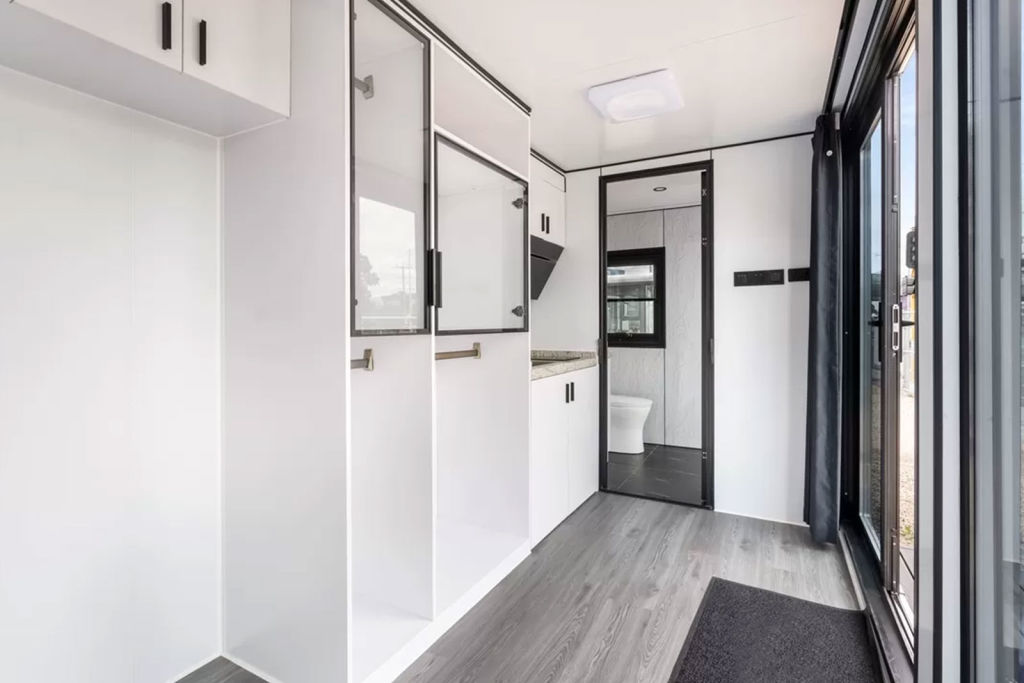
Of course, building your own tiny house, or perhaps buying a second-hand one, can also potentially save you big bucks.
A scan of Facebook Marketplace turns up an abundance of space-defying options, from a $35,000 shipping container tiny home in Byron Bay, to the back-to-basics 2.1 metre by 3.5 metre ‘Little Red’ in Tasmania for $15,000, and even ‘The Lost Ark’ – a tourist boat turned “tiny” – for just under $60,000.
However, while the price tag on some tiny houses may seem cheap, Jamie Mitchell, a senior broker at Great Escape Finance, warns there are other costs that people commonly forget about, such as how they’re going to power it.
“The next thing will be their water supply. So, how are they actually going to get water into their tiny home if they want to put it out in the middle of the mountain somewhere or down by the beach? How’s water getting into their tiny home?” he says.
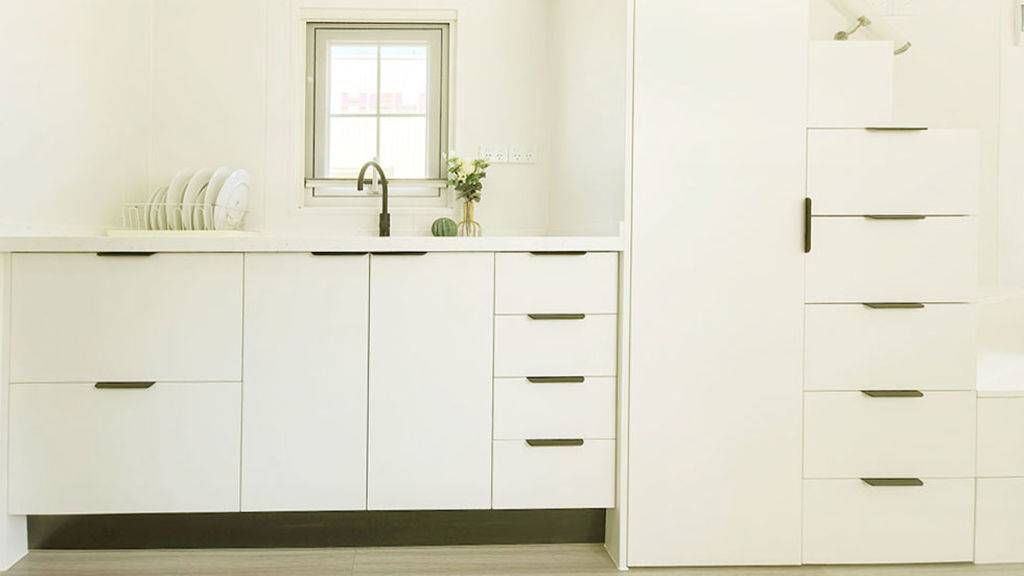
You may need to pay for a tank to be plumbed in, or if renting land, pay your landlord for power or water.
If delivery is not included, the cost of getting your tiny home transported can also add up, along with levelling the ground, says Mitchell.
Another cost to watch out for? The smallest room in what is already a small house: the toilet.
Mitchell says the practicalities around toileting and grey water often catch people out, so do your homework before signing on the dotted line.
We recommend
We thought you might like
States
Capital Cities
Capital Cities - Rentals
Popular Areas
Allhomes
More
- © 2025, CoStar Group Inc.
